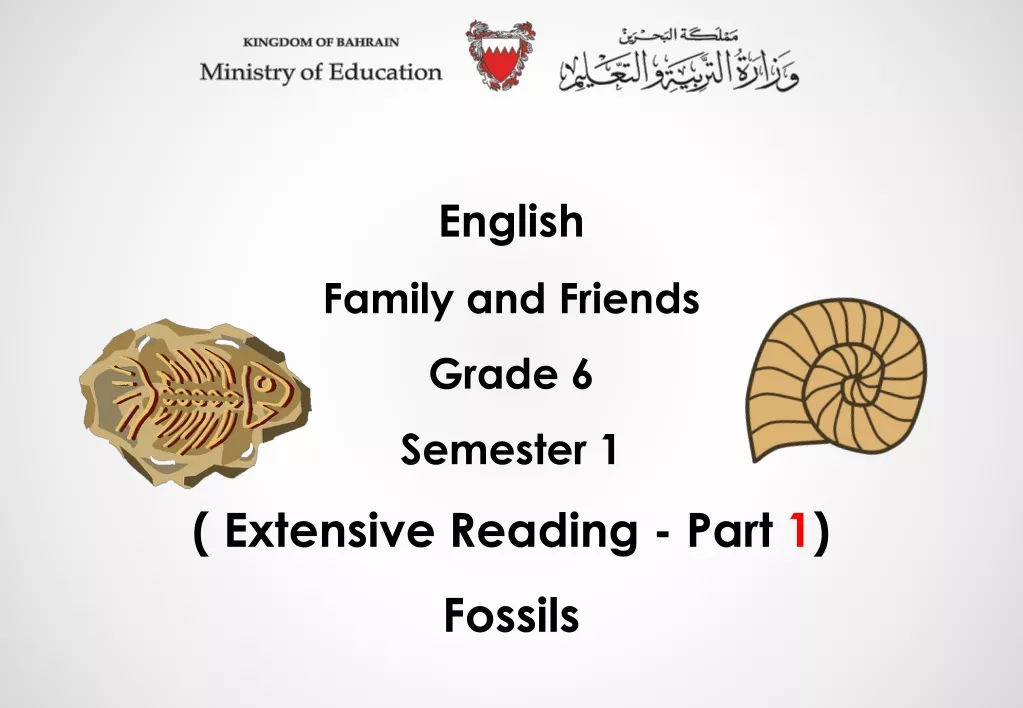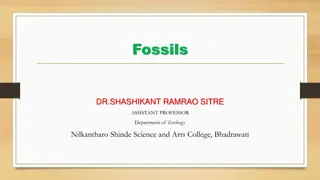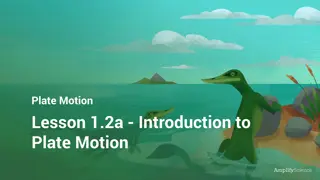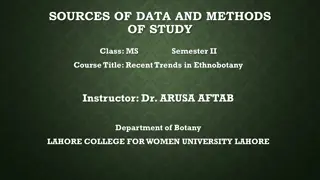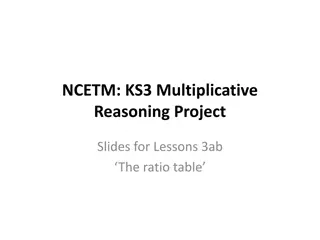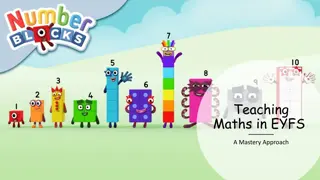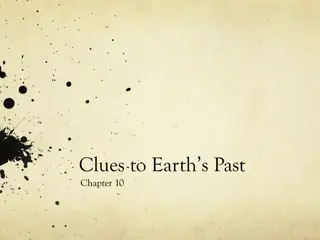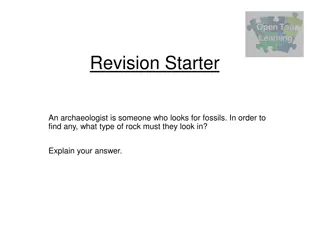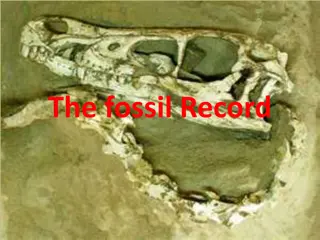
Evolution and Fossils: A Comprehensive Overview
Explore the concepts of adaptation, evolution, natural selection, and fossil formation in this educational content. Learn about Charles Darwin's theory, organisms' features for surviving extreme climates, and how fossils are formed over millions of years. Delve into the intriguing world of fossils, from death to mineralization, and discover the significance of studying these remnants.
Download Presentation

Please find below an Image/Link to download the presentation.
The content on the website is provided AS IS for your information and personal use only. It may not be sold, licensed, or shared on other websites without obtaining consent from the author. If you encounter any issues during the download, it is possible that the publisher has removed the file from their server.
You are allowed to download the files provided on this website for personal or commercial use, subject to the condition that they are used lawfully. All files are the property of their respective owners.
The content on the website is provided AS IS for your information and personal use only. It may not be sold, licensed, or shared on other websites without obtaining consent from the author.
E N D
Presentation Transcript
Recap Quiz: 1)What is an adaptation? 2)What features do organisms have for surviving hot and cold climates? 3)Who was Charles Darwin, what was his theory? 4)What is evolution? 5)What is meant by natural selection?
Why do we know about these species?
Fossils Explain what a fossil is Describe how fossils are formed To evaluate ways of preserving plant or animal materials for future generations
What is a fossil? Fossils are the preserved remains or traces of dead organisms. Have a look at the fossils we have!
Fossils Fossils occur when a dead animal falls to the bottom of the sea/lake and is trapped in a layer of sediment Eventually the body of the animal will decay but an imprint will be left in the rock that has formed around it
1. Death Having died, the organism slowly sinks to the sea floor. After a few weeks, the flesh decays, leaving only the hard bones or shells behind.
2. Deposition The shell or bones gradually become covered with silt and sand. These layers continue to build, providing a shield around the shell or bones, protecting it from damage. Time passes and more layers are deposited. After a few hundred years the shell or bones are several feet beneath the surface.
3. Mineralisation Time continues to pass, 1,000 years, 10,000 years and more... In the wet environment the shell or bones are exposed to, minerals pass through and reacting with them.
4. A fossil is formed Over millions of years, the original shell or bone is completely replaced by the minerals and what remains is a rock-like copy of the original shell. The fossil has the same shape as the original object, but is actually rock.
Task Produce a storyboard to explain how a fossil is formed
Other types of fossil Casts prints, can be covered by layers of sediments. These rock, so preserving the casts or impressions, such as foot eventually become
Other types of fossil Rarely we can find prehistoric remains in bogs, glaciers, bits of ancient tree sap and tar pits These can be preserved remarkably well Why?
Other types of fossil Bogs- high soil acidity Glaciers - very low temperatures tree sap and tar pits insufficient oxygen for decay
Discuss 1. What would be the best method of preservation if we wanted to keep the blood and flesh of a dead animal for future generations? 1. What would be the best method of preservation if we wanted to create an imprint of a dead animal's skeleton for future generations?
Fossils Explain what a fossil is Describe how fossils are formed To evaluate ways of preserving plant or animal materials for future generations
How does this support the theory of evolution?

